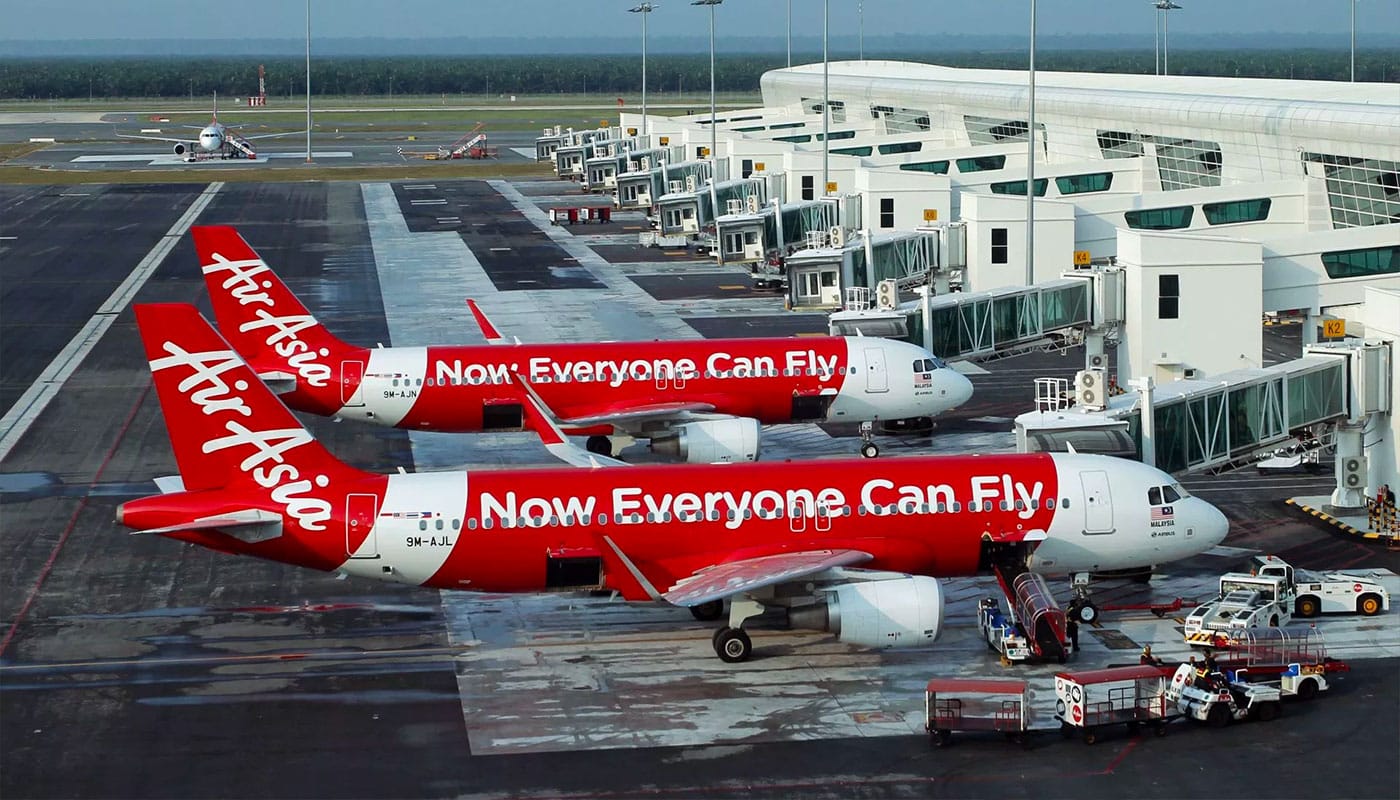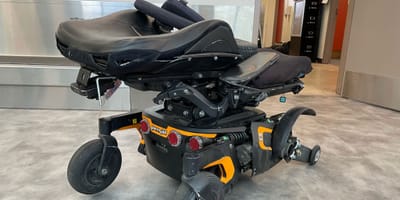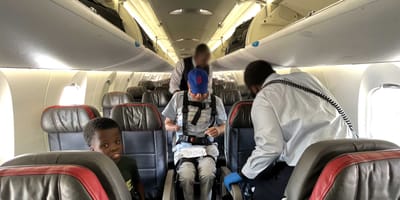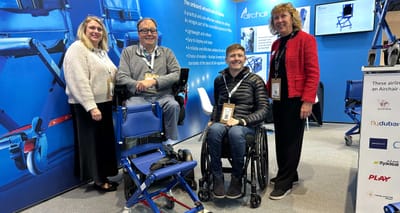For many wheelchair users, air travel is the most dreaded aspect of the vacation experience. I am an aviation geek and love to fly, but have written extensively about the shortcomings of airlines in protecting the rights of disabled travelers. All too often, the Air Carrier Access Act is violated, and the U.S. DOT rarely does anything about it. I don’t want to wage war with air carriers, but I do want to prepare you for the realities of air travel with a disability.
I am a power wheelchair user, and take my very heavy chair with me wherever I go. I’m coming up on 400 flights with the 200-pound behemoth that serves as a replacement for my legs. It is the key to my mobility.
The FAA and IATA have both ruled that power wheelchairs are safe to fly, and dry/gel cell batteries need not be removed. My chair, the Quantum Q6 Edge, contains two batteries weighing in at 38 pounds each. I’m grateful that they contain dry cells, and are thus safe to fly anywhere in the world. In the United States and likewise in the European Union, equal access laws establish the right to fly with an electric wheelchair.
In flying on more than 20 different airlines around the world – even in countries where these protections do not exist – my wheelchair has never been denied carriage. While international travel is certainly more frustrating, I have always been allowed to travel with my mobility device.
More than a few readers have written to me and reported instances where their chair (or its batteries) were denied carriage. I always assumed that the mobility device must not have met IATA standards, until I attempted to book a flight with AirAsia.
Today, I am leaving the United States for Bangkok, Thailand. After a few days in Bangkok, I will travel to Phnom Penh, Cambodia. AirAsia offered the best deal on a nonstop flight between the two cities – about $45 one-way. Since the next best option was $100 more, I decided to book it, but found this policy on the budget carrier’s website (emphasis mine):
We do not accept battery operated wheelchair or mobility devices. Under certain circumstances, carriage of battery operated wheelchair or mobility devices might be accepted subject to removal of the battery (by passengers) and that maximum weight allowed for the wheelchair or mobility device is 85kg.
As a triple amputee who absolutely needs a wheelchair, I assumed that I would qualify for an exemption to this outrageous policy. I contacted AirAsia through their online chat to clarify and request carriage of my wheelchair. I have copied an excerpt of the transcript below:
M***a: Hello John Morris. How may I help you today?
John Morris: Hello, M***a. Is it possible to take a power wheelchair with me from DMK to PNH.
M***a: Hi.
One moment please. Thank you.
Under certain circumstances, carriage of battery operated wheelchair or mobility devices might be accepted subject to removal of the battery (by guests) and the maximum weight allowed for wheelchairs and mobility devices is 85kg.
John Morris: Yes, that is copied from the website. Does disconnecting the battery terminals qualify as “removal”? That has been acceptable to the more than 20 airlines I have flown around the world.
M***a: You need to remove the battery, and the battery can only be hand carry
John Morris: Carry two batteries into the aircraft cabin?
M***a: May I know the size of the battery?
John Morris: The chair contains two batteries that are close to the size of automobile batteries. This is quite standard for power wheelchairs.
M***a: You can only bring one battery for the hand carry
After the chat, I contacted the airline by telephone and received a similar response. Batteries must be removed from the wheelchair, and the chair can weigh no more than 85kg (~170 pounds). I would only be permitted to bring one of the batteries into the aircraft cabin, and no accommodation would be made to transport the other.
Through this exchange, I realized that my good fortune was likely because I have flown U.S. carriers, together with members of the three major airline alliances (OneWorld, SkyTeam and Star Alliance). I haven’t flown internationally with any of the true budget carriers and have thus been immune to issues like this. Given that AirAsia was no longer an option, I booked a flight (with a connection) on Malaysia Airlines, a OneWorld partner. Their special assistance team was very helpful, and approved my wheelchair for travel.
The lesson in all of this is to do your homework before booking your ticket. Do as much as you can in advance of travel to reduce the risk of surprises at the airport. While you should be safe on all budget airlines in the United States and European Union, the protections for disabled travelers do not in exist in many other countries.
Ironically, one of AirAsia’s primary marketing slogans is “Now everyone can fly.” That everyone just doesn’t include me!
Have you ever had trouble flying internationally with your power wheelchair?
Please share your experience in the comments below!















